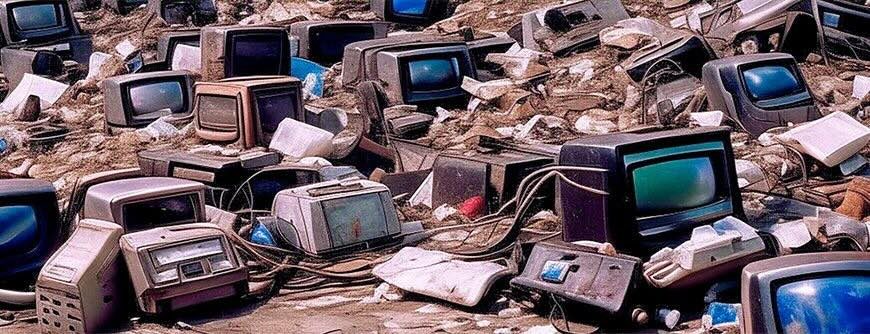Roaming the isles of any retail store, variations of the same products clutter the shelves and overwhelm consumers with choice. But the one choice they are lacking is in purchasing a new item. Due to the concept of planned obsolescence and its implementation by manufacturers, consumers are forced to buy new goods sooner into their lifecycle, rather than make repairs or wear the product out naturally.
:max_bytes(150000):strip_icc()/GettyImages-664646935-5c1da2dc46e0fb00019ebbbb.jpg)
Consumers are most likely to oppose the strategy of planned obsolescence. This may be due to a concern for the environment because of wasted materials, resenting the feeling of manipulation by the sellers, or the inconvenience and financial burden of having to replace products before they should have to be. Manufacturers adhere to a “linear growth model,” meaning they do not invest in alternative revenue sources, such as repairs. This forces consumers to fully replace products.
 According to the Sierra Club, 200 million Apple smartphones were purchased in 2020, and 80% were to “upgraders” rather than first time buyers. This highlights how common of a pattern it is to replace technology instead of repair it. The vast majority of these corporations’ buyers are replacing their products due to planned obsolescence. It benefits the manufacturer, supporting their business model that forces new purchases, but burdens the buyer with having to upgrade what should be a perfectly functional iPhone. If the average iPhone is $1,000, this is a wasted $160 million for those 80% of buyers in total.
According to the Sierra Club, 200 million Apple smartphones were purchased in 2020, and 80% were to “upgraders” rather than first time buyers. This highlights how common of a pattern it is to replace technology instead of repair it. The vast majority of these corporations’ buyers are replacing their products due to planned obsolescence. It benefits the manufacturer, supporting their business model that forces new purchases, but burdens the buyer with having to upgrade what should be a perfectly functional iPhone. If the average iPhone is $1,000, this is a wasted $160 million for those 80% of buyers in total.
While some consumers are excited for the releases of new technologies annually, the majority of buyers still do not want to be forced to purchase the expensive new model as a result of intentional wear on their phones, computers, and other gadgets.
In a 2013 study by Product Development and Management Association, it was found that customer loyalty decreases as product newness increases, and customer loyalty increases as product meaningfulness increases. This introduces a positive association between durable, reliable products and customer satisfaction.
Another study by Uppsala University from 2022 confirmed that planned obsolescence forces unsustainable consuming habits, leading to a negative perception of product replacement. The methodology was to perform individual interviews, as well as focus group discussions to form an accurate summary of opinions. 59 million tons of electronic waste is produced every year, an unsustainable approach that threatens our environment.
Industrial designer Brooks Stevens stated in 1954, “[Planned obsolescence is] instilling in the buyer the desire to own something a little newer, a little better, a little sooner than is necessary.”
Do you as the consumer feel this is worth it?
Sources:
tmd6040
March 22, 2024 — 2:35 pm
I think it’s important to note that there are other reasons people replace their phones more often than they should need to, and I would argue that these other reasons are more prevalent than planned obsolescence. The first iPhone I got lasted me 5 years, and even after that time it still worked fine, and I would have kept it longer but I got a deal from Verizon to trade it in for the newest model for free, so I obviously took that. That is one of the reasons I am talking about: carriers often use upgrades as incentives. People also upgrade because they want to fit in with everyone else that has the new product or because they truly want the new and improved features (technology is still improving rapidly today).
Vivienne Booz
March 22, 2024 — 2:55 pm
It makes a lot of sense that consumers are the most likely group to resist planned obsolescence…at least in theory. I’m sure most people would say they’d rather not spend a lot of money on new products, but I don’t think that is enough to truly change their behavior. At this point, planned obsolescence is deeply ingrained in our society. We’ve grown accustomed to cheaply items that wear out quickly or must be replaced frequently. While reading your post, I thought about several ways I’ve fallen in line with the attitude of planned obsolescence. In order for this trend to change, consumers themselves must begin to demand a different system. As long as consumers reward the industry of planned obsolescence by playing along, I don’t think there will be a significant change for the better.